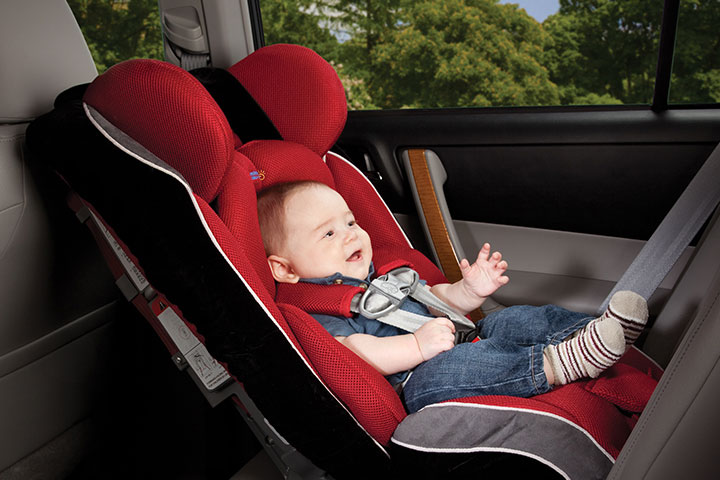Keep Kids' Car Seats Rear-Facing Until Age Two


Today, the American Academy of Pediatrics (AAP) formally revised their recommendations for child seat use. The new advice includes keeping smaller kids rear-facing until the age of two, and older kids in booster seats until they reach a height of 4'9" (57"). The recommendation to keep kids rear-facing longer comes from research that shows that children are 75% less likely to die or be severely injured in a crash if they are riding rear facing.
These recommendations will align the AAP more closely with Consumer Reports' own recommendations (Why rear-facing longer is better), as well as those of other child safety advocates, and provide parents with a more consistent message regarding when to make changes to the "next level" of child safety. Previously, the AAP had recommended that small children not transition to forward-facing seats until they were at a minimum of 20 lbs. and 1 year old. (See our car seats buying guide, including Ratings for all types.)
If you keep a child rear-facing longer, not only are crash forces spread over a much larger area (the child's back), but movement of their head is limited, and they are contained much more inside the shell of their seat. Admittedly, keeping a younger child rear-facing places some practical and sometimes less convenient requirements on parents and caregivers, but we think most would do nearly anything to limit the potential for injury to their kids. (See Concerns about rear-facing kids.)
As always, these recommendations should be considered along with the weight and height limits of the seat the child is riding in. For example, there are still infant seat models with 22 lb. rear-facing weight limits. But larger and higher-weight convertible seats can be used rear-facing for larger kids, and be a good transitional step before turning a child forward-facing. (See Car seat types.)
Changes for older kids, too
Likewise, the AAP has formalized their recommendation to keep children in booster seats until they have reached 4'9" (57 inches), a height at which most adult seatbelts can better protect a child by passing across the upper thighs and hips, and centered across the collarbone between neck and shoulder. This places the forces from the belts across the stronger, bony portions of a child's skeleton, rather than the softer, more vulnerable tissue of their abdominal area and neck. The most recent research shows that children are 45% less likely to sustain injuries when riding in booster seats, versus similarly aged children using the vehicle's seat belts alone. Most often this occurs with kids between the ages of 8 and 12. But we recognize that every child, and vehicle, is different, and encourage all parents and caregivers to do their own evaluation of how their child fits in their vehicle and booster seat:
Until you can say 'yes' to all of the above questions, then a booster seat is still a safer way to travel than the vehicle's seat.
Children should also remain riding in a vehicle's rear seats until they are 13.